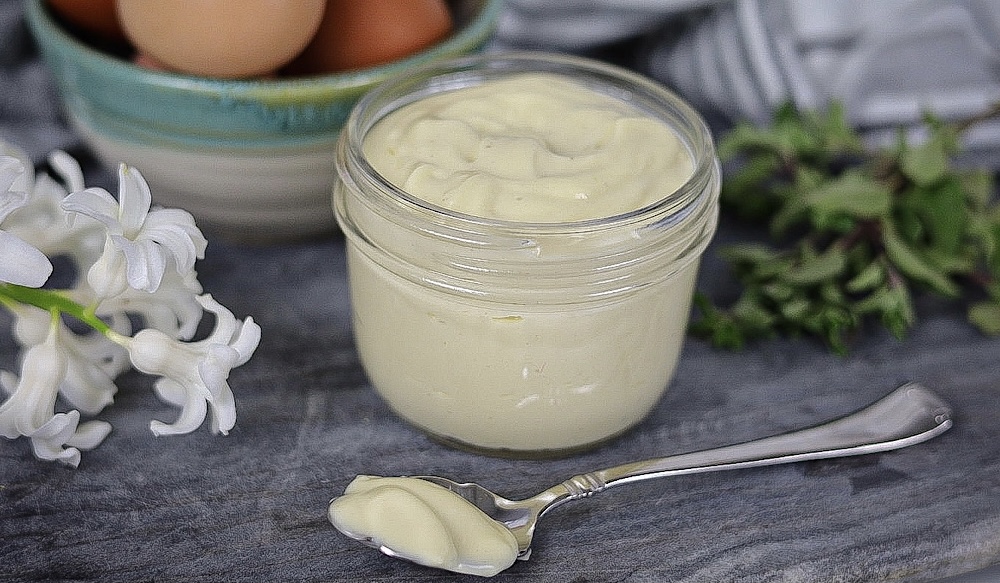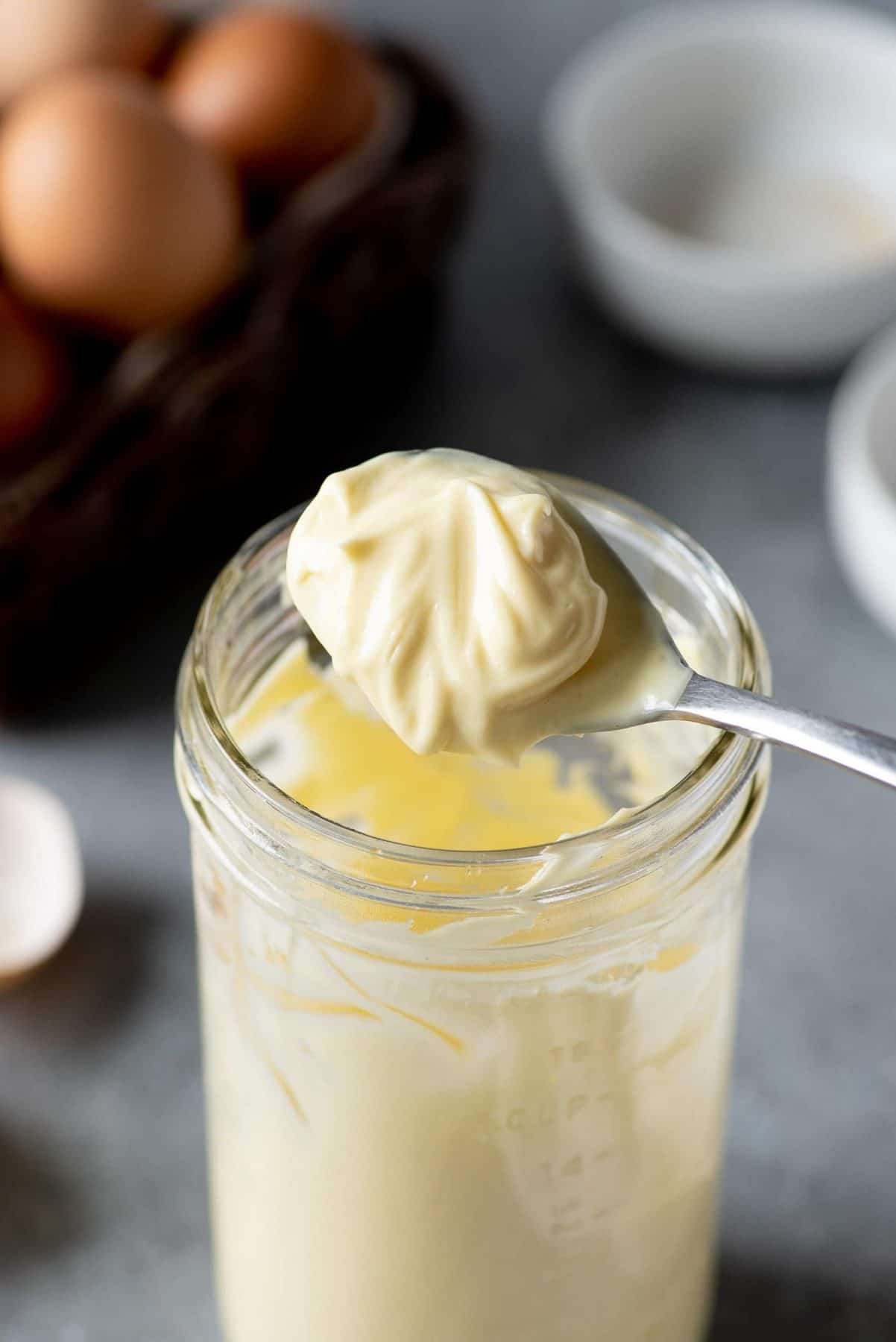What is the Difference Between Mayonnaise and Aioli?
Written By James Morgan
Barbecue enthusiasts, have you ever wondered about the sauces that can completely elevate your grilling experience? Two beloved condiments often find their way onto plates**mayonnaise** and **aioli**. What exactly is the difference between mayonnaise and aioli? In this article, we will dive into the intricacies of both, exploring their ingredients, preparation methods, flavor profiles, and best uses.
The primary difference between mayonnaise and aioli lies in their **ingredients** and **flavor**. While mayonnaise is made from egg yolks and oil, aioli typically consists of garlic, oil, and lemon juice. This simple distinction opens up a myriad of culinary possibilities. For barbecue enthusiasts, understanding these differences not only enhances grilling but can also inspire new creations and techniques.

The Basic Ingredients
Lets break down the essential components that make up these tantalizing sauces. **Mayonnaise** is compiled from the following simple ingredients:
- Egg Yolks: They act as the emulsifier, combining the oil and the acid.
- Oil: A neutral oil such as canola or vegetable oil is preferred for its light flavor.
- Vinegar or Lemon Juice: This adds acidity and balances the richness.
On the other hand, **aioli** is more traditional Mediterranean sauce that highlights fresh flavors:
- Garlic: Freshly crushed for added zest.
- Oil: High-quality extra virgin olive oil is often used.
- Lemon Juice: This adds acidity and brightness.

Preparation Methods
When it comes to preparation, both sauces require an emulsification process, but the methods differ slightly. Making **mayonnaise** can be done with a food processor, whisk, or even a blender. Heres how to do it:
- Start with egg yolks and vinegar in your mixer.
- Gradually add the oil in a steady stream while mixing on low speed.
- Once thick, season with salt and additional vinegar or lemon juice to taste.
Conversely, preparing **aioli** is more straightforward, yet requires a bit of muscle:
- Crush garlic to form a paste.
- Slowly whisk in extra virgin olive oil while mashing the garlic.
- Add lemon juice and adjust seasoning.

Flavor Profiles
The flavor** of each sauce is quite telling of its ingredients. **Mayonnaise** tends to have a rich, creamy mouthfeel that makes it a versatile base for other flavors. It can also be customized with numerous seasonings to create flavored mayonnaises.
On the other hand, **aioli** delivers a garlicky punch. The dominant taste is that of garlic balanced with olive oil's fruity notes, making it a perfect companion for grilled meats and vegetables.

Best Uses in Barbecue
Now let's explore how each sauce can elevate your barbecue experience. **Mayonnaise** can be used as a base for flavorful marinades, salad dressings, or even as a condiment for your grilled burgers and sandwiches. For example, consider using it in deviled eggs for a creamy texture.
Feeling adventurous? Try making a unique creamy garlic sauce by mixing mayonnaise with some garlic and lemon juice! You can even try fixing watery mayonnaise to ensure a perfect consistency.
Comparatively, **aioli** shines as an amazing dip for grilled breads, vegetables, and meats. Its a flavorful addition to roasted chicken or shrimp skewers. You can even whip up a spicy variant by adding some crushed red pepper!
Common Misconceptions
There are a few misconceptions surrounding mayonnaise and aioli that we need to address:
- Misconception 1: Aioli is just another name for flavored mayonnaise. This is incorrect; aioli has garlic and an olive oil base, while mayonnaise does not.
- Misconception 2: All aioli contains egg. Traditional recipes do not always include egg.
- Misconception 3: Store-bought aioli is always authentic. Many commercial varieties are merely flavored mayonnaise.
Similarities Between Mayonnaise and Aioli
Despite their differences, there are shared traits worth noting. Both sauces offer creaminess and moisture to various dishes. They enhance the flavor and overall enjoyment of grilled offerings. Their emulsification process grants a velvety texture making them excellent condiments for sandwiches and spreads.
Nutritional Aspects
When analyzing the nutritional profiles of both sauces, moderation is key. **Mayonnaise** can be higher in calories due to the oil content. However, it can also be a source of essential fatty acids. On the other hand, **aioli**, often made with olive oil, possesses heart-healthy fats and antioxidants, primarily from garlic and olive oil.
Conclusion
So, what is the difference between mayonnaise and aioli? While both are creamy and can serve the same purpose on your barbecue table, they offer unique flavors, preparations, and experiences. For the barbecue enthusiast, knowing the distinct qualities of each can unlock a whole new world of flavor.
Incorporating these sauces into your grilling repertoire can add deliciousness and excitement to your meal prep. Whether you're slathering **mayonnaise** on a burger or dipping your grilled veggies in **aioli**, you cant go wrong!
FAQs
1. Can I substitute mayonnaise for aioli in recipes?
Yes, you can substitute mayonnaise for aioli, but be aware that aioli has a different flavor due to garlic and olive oil.
2. Is aioli healthier than mayonnaise?
Aioli typically contains fewer calories and unhealthy fats, especially if made with olive oil and fresh garlic, which offer health benefits.
3. Can you make vegan mayonnaise or aioli?
Absolutely! There are numerous recipes available that use plant-based ingredients to create vegan versions of both sauces.
As an Amazon Associate, I earn from qualifying purchases.



